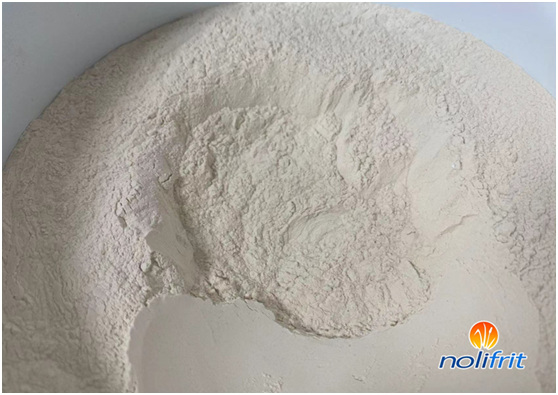Application of Quartz Sand and Feldspar in Enamel
Quartz sand, including silica sand, is a granular substance with a dense structure. It is gradually decomposed and weathered by quartzite, feldspar and other rocks under the action of water, carbonic anhydride and temperature changes. Our country has a large amount of storage and is widely distributed. The hardness of quartzite is 7 on the Mohs scale. High-quality quartz sand contains more than 99% SiO2.

The harmful impurities in quartz sand are mainly Fe2O3, and often contain a small amount of MgO, CaO, TiO2, Cr2O3, etc. MgO, CaO, and TiO2 have little effect on enamel, but if the content of Cr2O3 reaches 0.02%, it may make the titanium white enamel slightly yellow. Fe2O3 is less sensitive to the coloring of antimony white enamel. In the ground coat, Fe2O3 in quartz can promote adhesion instead.
The water content of quartz sand used for enamel frit is generally controlled between 2 and 10%. Appropriate introduction of water can reduce dust flying on the one hand and facilitate melting on the other hand. The particle size of quartz sand is generally controlled between 0.2~0.6mm. If it is too fine, it will easily cause the ingredients to fly and be scattered, which will affect the composition of the enamel. If it is too thick, it will cause difficulties in melting.
Feldspar is a kind of aluminosilicate mineral, white yellow or light white, density 2.5~2.8g/cm³, hardness 6, melting point 1300℃, non-toxic and tasteless.
There are many types of feldspars, and the common ones are potassium feldspar, albite and potassium-sodium mixed feldspar.
In addition to introducing SiO2, feldspar can introduce K2O, NaO and Al2O3 at the same time. Feldspar for enamel mainly selects the content of SiO2, K2O and Al2O3, and controls the content of harmful impurities Fe2O3. Refractory biotite is undesirable in feldspar, which can cause black spots and cold cracks in the enamel.